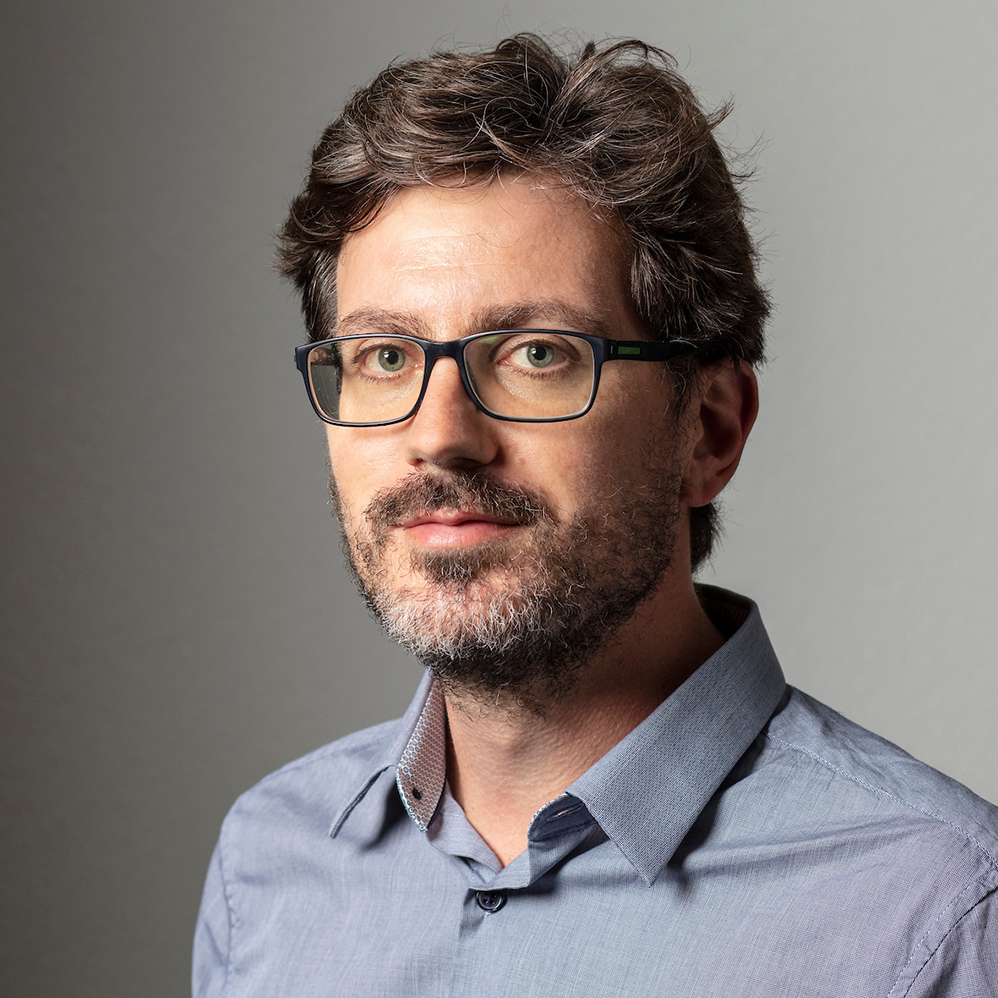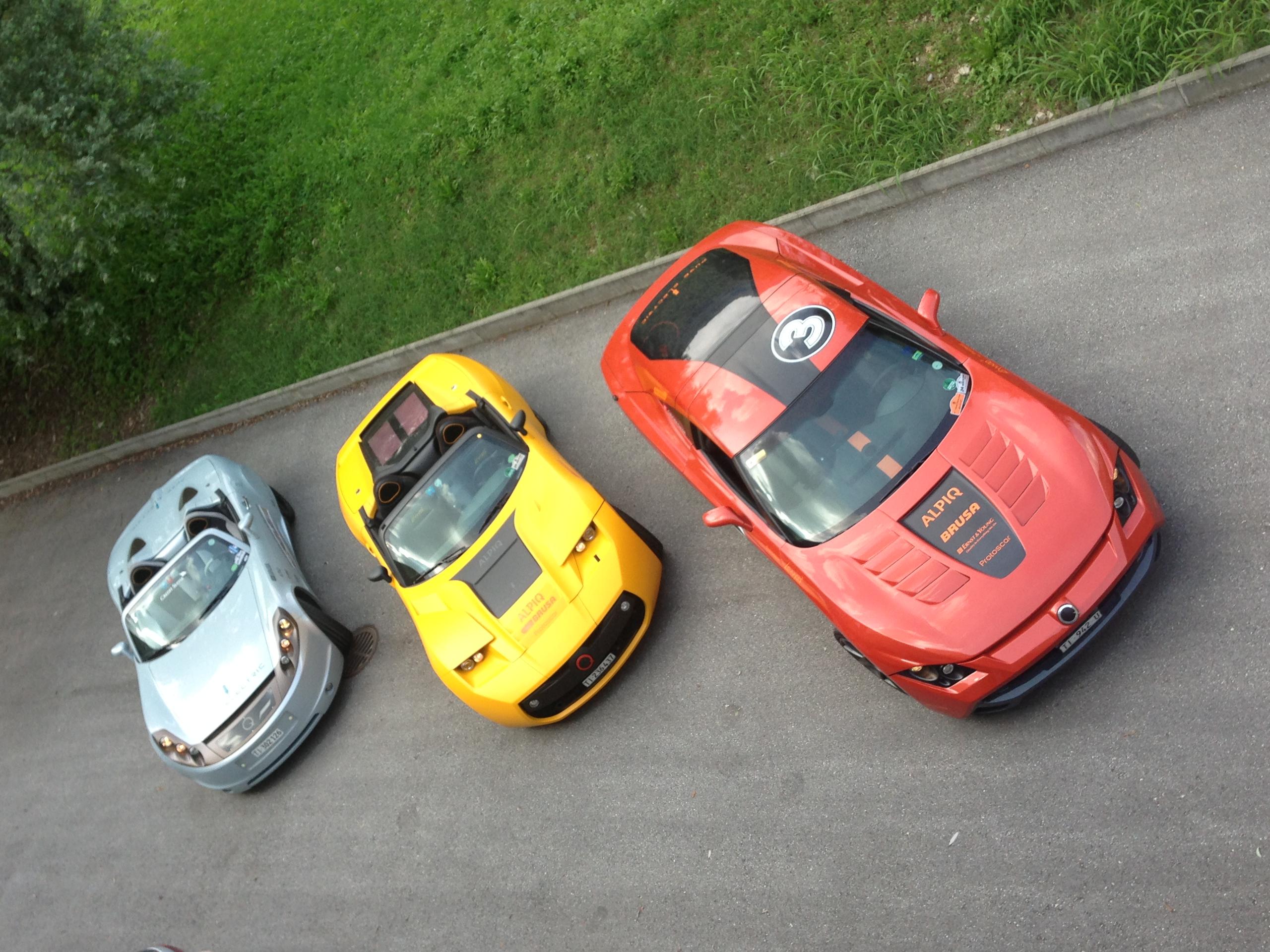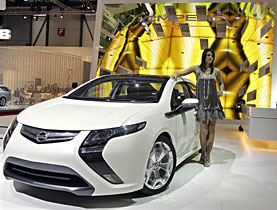Predicting future mobility, and remembering a past energy disaster
Electric vehicles are becoming increasingly popular, and self-driving cars are also on the way. When will they be mature enough to meet climate challenges and take to the roads en masse?
Many countries are seeking to achieve carbon neutrality within the coming decades. In Europe, the Green DealExternal link has laid down a plan to achieve zero emissions by 2050, and Switzerland has set itself the same deadline. This is an ambitious goal that puts the spotlight on the transport sector, which is responsible for around 16% of global CO2 emissions.External link
So what will mobility look like in the future? And what will happen to cars? According to Herbert Diess, CEO of the German Volkswagen Group, cars will not disappear from our roads, but rather increase. “Cars will be even more attractive in the future because they will be more environmentally friendly and safer,” he explained in an Economist podcast on electric mobility.External link Diess predicts that people will spend more quality time in the car, thanks to driverless cars.
If you look at Switzerland, there are actually more vehicles on the road today than there were some 30 years ago. My colleague Luigi Jorio recently reported that in the the number of cars in the Alpine country has increased by 50% since 1990.
The future is electric – but when?
Today, many are pinning their hopes for “ecological redemption” in the mobility sector on electric cars. Consumer adoption of electric vehicles (EVs) could significantly contribute to slowing the effects of global warming and reducing dependence on fossil fuelsExternal link, both for passenger travel and freight transport. However, there are still many challenges to overcome.
One of these is the availability of charging infrastructure and the ability to charge your car from the comfort of your own home. My colleague Simon Bradley, who recently addressed this issue in an article, frames the problem in Switzerland:
Politicians and industry experts agree that Switzerland needs to step on the gas pedal and that the country requires more ambitious goals for cars and charging infrastructure.
While sales are expected to continue rising steadily, there are concerns that Switzerland’s charging network – 5,700 public charging points dotted around cities, towns and villages – is not up to the task.
Anthony Patt, professor of climate policy at the federal technology institute ETH Zurich, fears a roadblock in the coming yearsExternal link: “The biggest factor driving whether someone is interested in buying an electric car in Switzerland is: ‘Can I charge this thing at home?’”
In Switzerland 57% of people rent their apartments. Not everyone can leave their vehicle plugged in overnight outside their home.
Electric mobility also does not reduce road congestionExternal link and creates another environmental and social problem: batteries require lithium, copper and cobalt, the mining of which falls mainly on the shoulders of exploited and underpaid workers in developing countries.External link
What do you think? Would you switch to electric or are you skeptical? Or maybe you’ve already made the switch and have thoughts on how it’s been? Get in touch!

More
Electric cars are on the way, but is Switzerland ready?
‘Electric autonomous cars are the present’
The era of mass-produced internal combustion cars seems to be coming to an end. External linkThe way forward is marked not only by cleaner cars, but also by increasingly sophisticated software capable of autonomously managing driving on the road. The Laboratory of Visual Intelligence for Transportation (VITA)External link at the Lausanne’s Federal Institute of Technology EPFL, directed by Alexandre AlahiExternal link, is developing artificial intelligence (AI) to enable autonomous cars to coexist with humans in a safe, efficient, reliable and socially aware way.
We interviewed him as part of our collaboration with the National Centre of Competence in Robotics Research NCCR.External link Here is an excerpt; watch for the full version of the interview coming soon on swissinfo.ch.

SWI swissinfo.ch: Alexandre, in what sense can a car be ‘socially aware’?
Alexandre Alahi: In my laboratory, we are working on a new type of cognition that we call socially-aware AI, i.e., AI augmented with social intelligence. We formulate social intelligence as the ability to forecast/anticipate interactions between all traffic participants. Our research tackles the three pillars of a socially-aware AI system: the first is perception, such as detecting and classifying the activities of traffic participants; the second is prediction, such as forecasting their mobility; and the third is planning a set of actions accordingly.
Do you think autonomous electric cars are the technology of the future?
Electric autonomous cars are the present. They are already operating on highways and in some controlled cities. There is an arms race of startups and companies working to extend their field of applications and increase their level of autonomy.
Governments all over the world have also acknowledged that AI will affect all segments of society and they have put “mobility at a crossroads”.
Our goal, in academia, is to ensure that these autonomous cars are safe and trustworthy in all scenarios.
Safety is precisely the sticking point. What are the limitations of this technology right now?
The current state of the technology leads to unacceptable accidents due to lack of forecasting capability. A recent report showed that 98% of the self-driving cars’ accidents are due to an unexpected stop (making other drivers crash into them). All these accidents are within the “last-mile” mobility challenge like in crowded environments where traffic participants highly influence each other.
What opportunities does autonomous mobility offer for society?
Self-driving cars will reduce human error in driving and save millions of lives every year worldwide, reduce traffic and pollution, increase mobility for the elderly and those with disabilities. Similarly, new types of autonomous vehicles will share sidewalks to lower delivery costs or assist elderly/blind people in crowded social scenes.
What must or should an autonomous vehicle do to be able to drive safely on our roads?
Over the past decades, the research community has focused on developing methods that can perceive the world and then plan a set of actions accordingly. We made remarkable progress. Self-driving cars can nowadays operate on highways, or in residential areas with low-density traffic. Yet, self-driving cars cannot effectively operate in cities where driving style is not based on a set of driving rules but rather on social etiquette (like in Paris or Naples). Social intelligence is missing in the current technology.
As Aristotle said, we humans are social animals empowered with free will. We can choose between different possible courses of interactions and can anticipate them. A self-driving car must have the same capability to drive safely on our streets. It must understand and anticipate social conventions, ethics and obey unwritten common-sense rules.
A disaster not to be repeated: Chernobyl, lest we forget
When we talk about ecological transition and clean energy, we cannot (yet) not mention nuclear power. Despite criticism and pullbacks in the wake of the Fukushima nuclear disaster 10 years ago, the EU still depends on nuclear power for one-quarter of its electricity.External link Switzerland gets a third of its energy from nuclear power.
Recently, I watched the TV series ChernobylExternal link, an excellent reconstruction of the disaster that occurred in Ukraine (then still under the Soviet Union) on 26 April 1986. This catastrophe reminds us why nuclear power cannot be the future. To commemorate the 35th anniversary of the accident, my colleague Luigi Jorio shares his recollection of visiting the plant in 2006:
At that time, the plant’s iconic chimney was still visible and reactor number 4 was covered “only” by the old sarcophagus hastily built in the months following the disaster.
Switzerland was among the countries funding a new cladding, a steel and concrete arch installed in 2016 and costing €1.5 billion. I remember that once we arrived at the plant, I was surprised by the intense coming and going of workers and military personnel. I thought it was a plant that, if not abandoned, was at least not very busy.
But there were still almost 4,000 people working at Chernobyl. Some of them, those who had to get closest to the damaged reactor, worked in shifts of three minutes at most, stopwatch in hand.
We didn’t get a chance to talk to them. I would have liked to know what motivated the workers to take such a big risk for a salary of a few hundred francs a month.
But most of all, I would have liked to thank them for the clean-up and safety work that is benefiting the entire planet today.
What do you think? Should we give up nuclear power? Let’s talk about it over a (virtual) coffee.

More
The children of Chernobyl have grown up

In compliance with the JTI standards
More: SWI swissinfo.ch certified by the Journalism Trust Initiative













Join the conversation!